A Taste of Goa: 15 Dishes to Try on Your Goan Adventure
Along with fabulous palm-fringed beaches, a vibrant hippie scene and a wealth of historic sites, people flock to Goa for its sublime cuisine.
For nearly 400 years Goa was under Portuguese rule, and you can taste the state's colonial past in its unique dishes.
Located by the ocean, seafood plays a central role in food from Goa. Think shark, pomfret, tuna and mackerel.
But pork, rice and local spices such as kokum also find their way onto Goan dinner plates.
And let’s not forget coconut; Goans manage to put this into almost every dish - both sweet and savoury.
Additionally, this being India, vegetarians are also well served when it comes to Goan cuisine - so there's a myriad of mouth-watering dishes for all.
If you’re heading to Goa soon, be sure to try some of the following typical local bites.
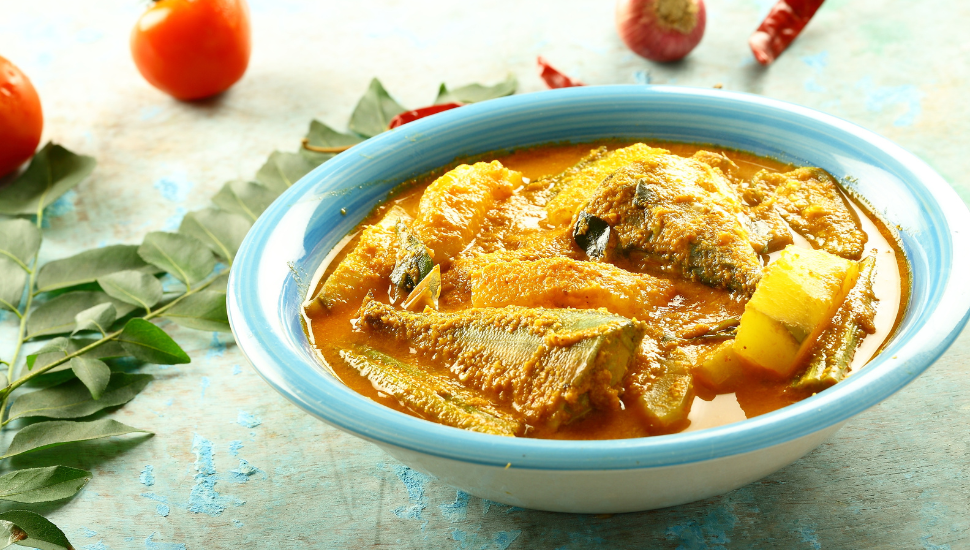
Goan fish curry
Goa curry is a must-try. Indeed, you’d be hard-pressed to avoid it since there are so many to choose from.
The best known of these is perhaps the fish curry. Pomfret or kingfish - among the commonest fish in Goa - usually take centre stage in this delicious plate, to which raw mango is added, delivering a tangy punch. Both are marinated in a curry sauce packed with spices and coconut, and served with rice.
The Goan fish curry has become a staple for locals and visitors. Order at a local establishment for as little as 200 rupees (£2).
Chicken cafreal
Both Portuguese and Goan food feature chilli and chicken, so chicken cafreal could be the quintessential Indian-Portuguese meal.
Chicken legs are cooked in a blend of cinnamon, tamarind, pepper, green chillies, cloves and mace, and usually served with potato wedges and/or Goan pao (a small loaf of bread introduced to Goa by the Portuguese).
But many enjoy this filling Goan food with a simple side salad.
Fonna kadi
Very similar to north Indian kadhi, Goa cuisine’s version uses coconut instead of buttermilk, and adds kokum fruit.
It's basically a simple but delicious gravy (kadhi) served with rice.
Vegetarian, inexpensive, and ideal as a starter or a light meal.
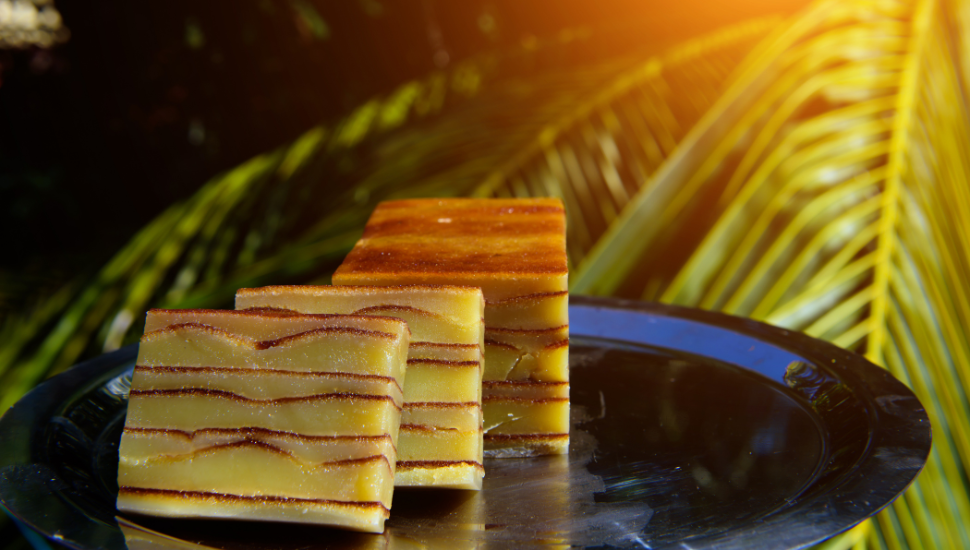
Bebinca
Food from Goa isn’t all about savoury. An example is the delicious bebinca cake.
A nun called Bibiona is said to have invented bebinca, a coconut cake with multiple layers (between seven and sixteen depending on who you ask!).
While only featuring a handful of ingredients, making it is time consuming and demands skill.
The cake's sweetness is provided by jaggery, an unrefined sugar made from palm or sugar cane.
This sumptuous example of an east-meets-west dessert is best consumed with ice cream!
Goan pork vindaloo
Did you know vindaloo was invented in Goa - with a little help from its Portuguese colonisers?
The name of this Goa curry is derived from the Portuguese dish 'carne de vinha d'alhos' - meat in a vinegar and garlic marinade.
Goan pork vindaloo is one of the most popular versions, but it can be made with other meats.
The flesh is marinated overnight before being finished.
Goan vindaloo is rather different to the British version, whose main selling point is being insanely hot.
The original recipe is a much less challenging, aromatic affair, which won’t have you guzzling four bottles of lager to cool your sizzling tastebuds!
Chicken xacuti
Poppy seeds and Kashmiri red chillies distinguish Chicken Xacuti, along with potatoes, onions and coconuts.
The intensity of Kashmiri chillies are an important addition to achieve an authentic Xacuti.
Commonly served with rice.
Crab xacuti
Prepared in a similar way to chicken xacuti, this crab version involves declawing and boiling the crustaceans before the final steps.
Like the chicken variant it also contains hot Kashmiri chillies.
It is sometimes thickened with egg.
Soportel
The name soportel (aka sarapatel) is derived from the Konkani word 'soro' which means liquor.
However, modern versions of the recipe don't have alcohol, unless white wine is used instead of vinegar.
In Traditional Goan cuisine, soportel was made with pork innards and blood. However, today it's likely to contain diced pork meat.
The sauce is a masala paste made with onions, cumin, ginger and Kashmiri chillies.
A hearty, must-try Goa curry.
Goan feijoada
Appearance wise, this pork and red-bean stew is distinctly Portuguese. The Goan version contains - you guessed it - masala paste.
While often made with water, a thicker consistency and crummier flavour can be achieved by using coconut cream instead.
Topped with coriander and served with rice.
Shark ambot tik
With many meals centred around fish in Goa, you might try something (a little) different.
How about a shark fish-based curry?
Shark ambot tik features diced shark, tomatoes, onions, masala paste and Kashmiri red chillies - for extra 'bite'.
The name is derived from 'ambot' meaning sour and tick meaning spicy.
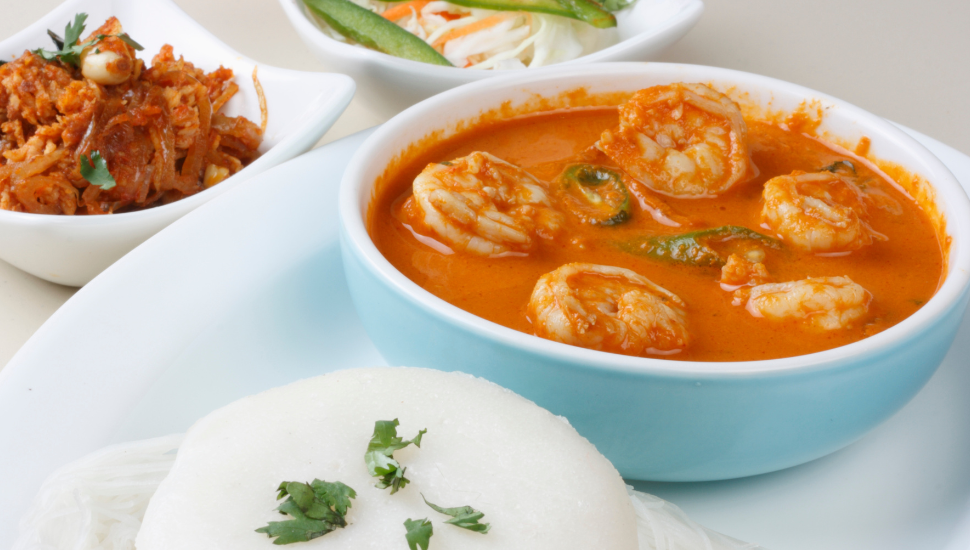
Samarachi kodi
This dried prawn curry dish is commonly prepared during monsoon season.
Alongside the delicious pink crustaceans, onion, tamarind and coconut are added, along with masala paste.
Alternative versions feature Bombay duck.
Rice and pickles to serve.
Fish recheado
This straightforward but delicious Goa classic is heavily influenced by Portuguese cuisine.
The subcontinental version, however, features onions and tangy masala.
It’s made with one of the most plentiful fish in Goa - mackerel - and is commonly served with local bread.
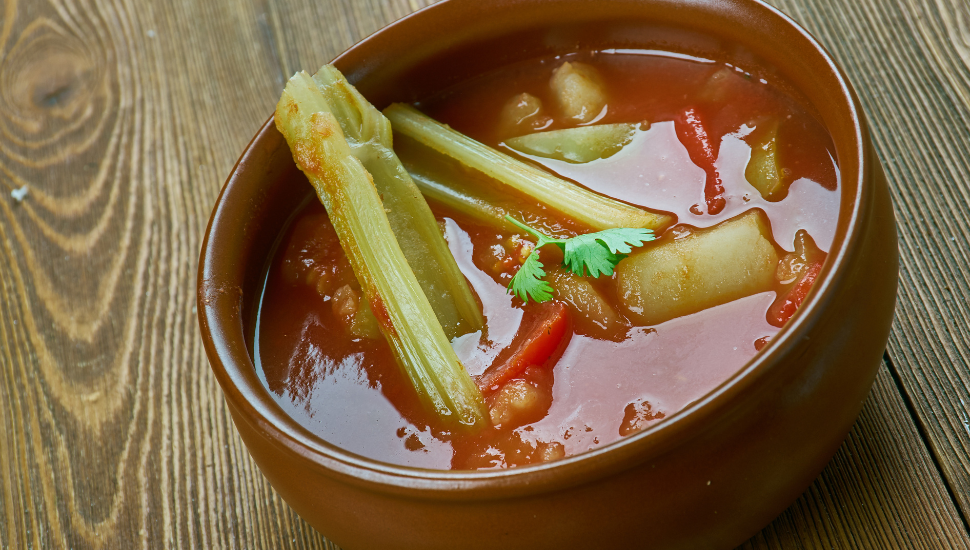
Goan khatkhate
While Goan food may not have the abundance of vegetarian dishes as other parts of India, there are still plenty to enjoy. A case in point is Goan Khatkhate - a stew of potatoes, carrots and green beans, added to a dal.
Chillies and coconut paste complete the meal.
it's also available with meat, so check before ordering if you're vegetarian.
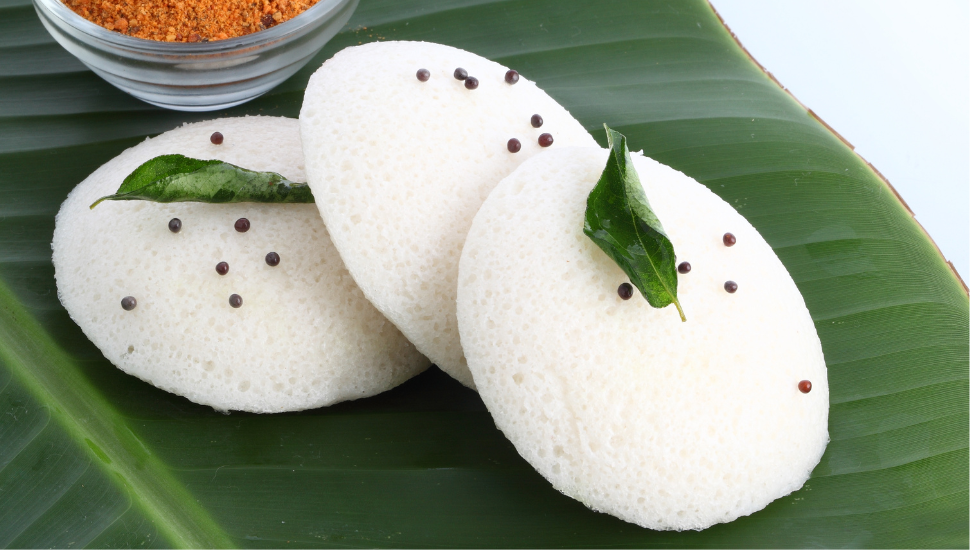
Sannas
For the uninitiated, idlis are rice cakes - and they are consumed across India.
However, Goan idlis - known locally as 'sannas' - differ significantly, thanks chiefly to the addition of, you guessed it, coconut!
Patolea
This sweet dish consists of haldi ka patta (tamarind leaves) wrapped around a paste made of red rice, coconut, jaggery (unrefined sugar) and cardamom. The combination is then steamed for 20 minutes.
Likely to be unusual to western palates, it's a must-try Goa classic.
Inexplicably, 'Patolea' is actually pronounced 'padayao'!
Get a Quote